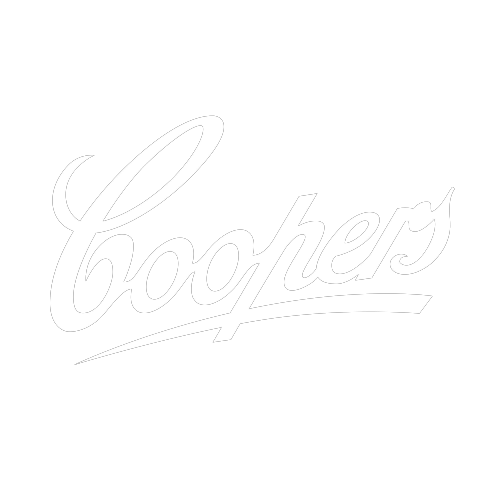Douglas Gordon
Left Is Right and Right Is Wrong...
23 June–04 August 201223 Jun–04 Aug 2012
Scottish artist Douglas Gordon is known for re-presenting appropriated films in ways that comment on their content and materiality. He has detourned, reactivated, amplified, and interrogated films by excerpting, juxtaposing, and superimposing them, by printing them in negative, and by slowing them down. His works tend to be structured around dualities, dichotomies, and doppelgangers, exploring dark themes and existential dilemmas: life and death, good and evil, guilt and innocence. In Left Is Right and Right Is Wrong and Left Is Wrong and Right Is Right (1999), he appropriates Whirlpool, a little known 1949 Otto Preminger film. It’s a classic noir tale:
Ann Sutton, the wife of a wealthy psychiatrist, suffers from insomnia and kleptomania. David Korvo, a hypnotist, persuades her to undergo his treatment after saving her from being charged with theft. In order to cover up his murder of socialite Theresa Randolph—from whom he had extorted large sums of money before she threatened to expose him—Korvo plans to hypnotise Ann and send her to Randolph’s house, where she will be arrested for the crime. Although he had initially and falsely suspected his wife of having an affair with Korvo, Ann’s husband comes to believe that Korvo actually committed the murder under the influence of hypnosis, which gave him the strength to leave his hospital bed where he was recovering from an operation (the source of his perfect alibi). The police take Ann to the scene of the crime so that her husband can attempt to reconstruct the event. Realising that incriminating evidence remains there that would reveal him to be the real killer, Korvo once again returns under hypnosis to the house, where he finally succumbs.
Gordon projects two versions of Whirlpool side by side: one the right way around, the other reversed left-to-right. One projection contains all the odd-numbered frames (with camera black taking the place of the missing images); the other, all the even frames. The soundtrack is treated similarly. Each version, in effect, tells only half the story. The work’s nauseating stroboscopic flicker suggests the hypnotist’s flashing light, as if placing the viewer in Sutton’s shoes. It makes the film harder to watch yet mesmerising. With its mirrored imagery, Gordon’s dual projection suggests a Rorschach blot or vortex, echoing Preminger’s title. Playing upon Whirlpool‘s themes, Gordon rereads and rewrites his source. Left Is Right and Right Is Wrong and Left Is Wrong and Right Is Right was commissioned by New York’s Dia Center for their 1999 show Double Vision.















